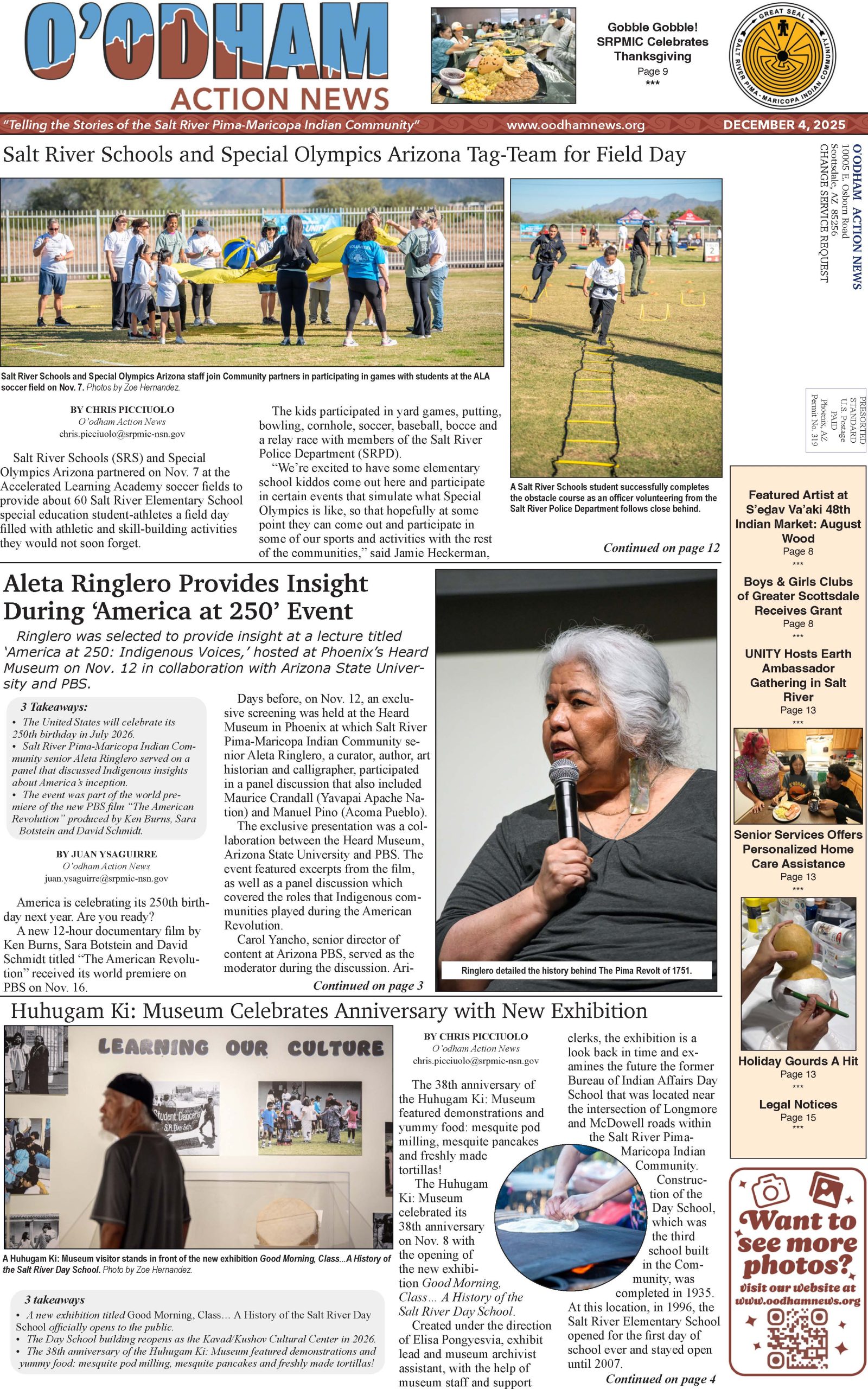VIEWS: 624
October 2, 2025SRPMIC WIC Honors Moms and Their Village with Breastfeeding Support
3 Takeaways:
- August was National Breastfeeding Month.
- SRPMIC WIC encouraged breastfeeding while “Honoring Moms and Their Village.”
- Fathers and other family members and support systems play an important role in ensuring a healthy mom and child.
During National Breastfeeding Month in August, the Salt River Pima-Maricopa Indian Community WIC program made sure to champion mothers and their important role in the Community. On August 21, WIC held a “celebration of breastfeeding support” at the River People Health Center lobby with the theme “Honoring Moms and Their Village.”
“In Native communities, ‘It takes a village’ is a way of life. Mothers are surrounded by grandparents, aunties, uncles and Community members who each play a part in raising and caring for children,” said Community Health and Nutrition Supervisor Maggie Fisher.
“This event celebrated the strength of moms and the support systems that stand with them. By honoring moms, breastfeeding and their village, we affirmed that health is strongest when we walk the path together.”
Officially designated by the U.S. Breastfeeding Committee in 2011, National Breastfeeding Month is centered around raising awareness and fostering advocacy and support for breastfeeding across communities.
Fisher said that at the WIC event, breastfeeding was encouraged as both a traditional and modern practice, with Community encouragement, shared knowledge and program resources that help moms nourish their babies.

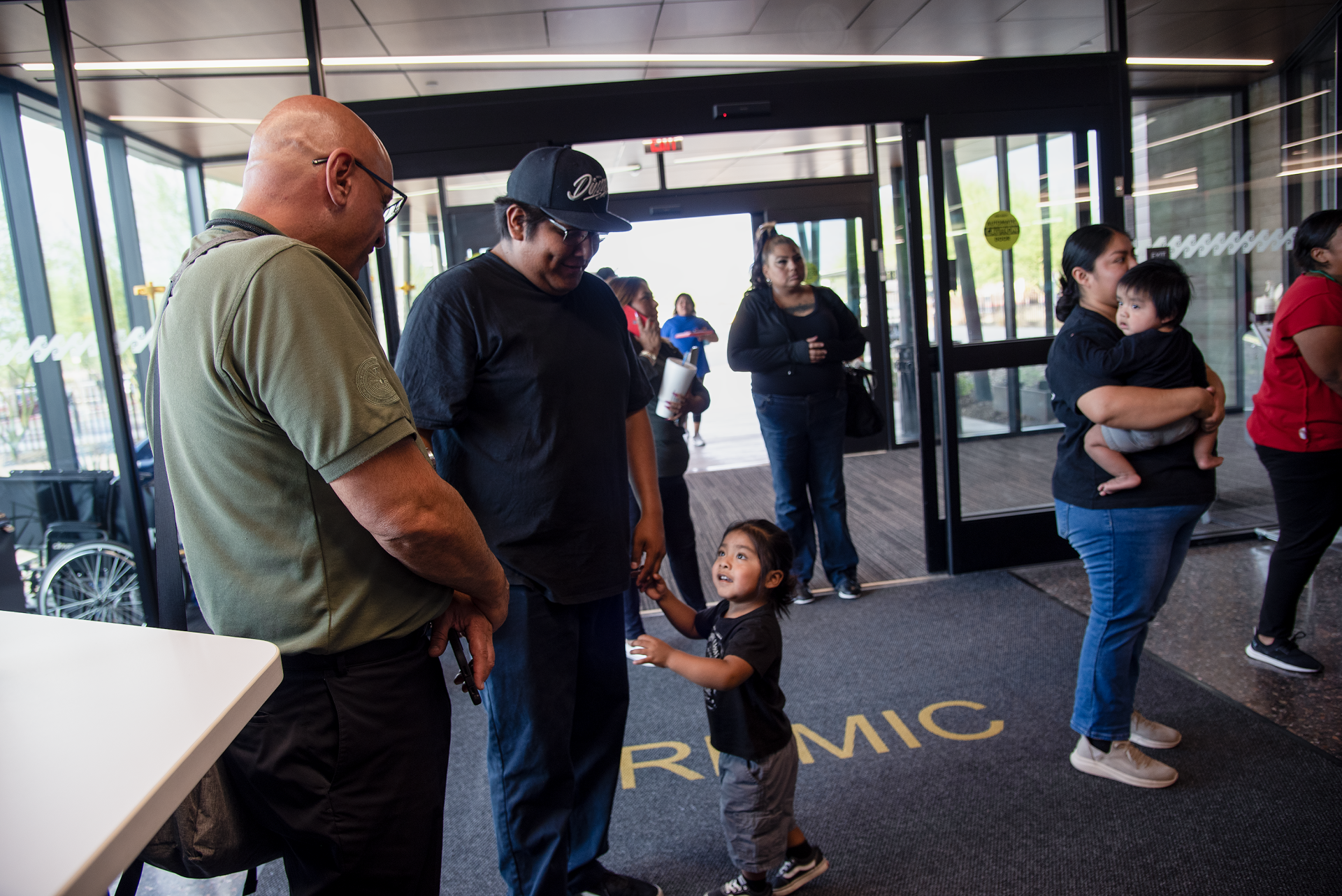




“Families, WIC clients and partner programs came together in a circle of support—sharing food, laughter and wellness activities that reflect Native values of nourishment, togetherness and care,” she said.
A total of 168 participants attended the event. Of those, 47 identified as Community members and 20 as WIC clients.
Fathers and other family members play a crucial role in breastfeeding success, which benefits both the mother and the child.
“Breastfeeding requires Community support because it not only involves the parents and baby, but also the environment around them,” said Fisher. “Families, workplaces and Community programs play a key role in providing encouragement, resources and normalization, which help parents feel confident and supported in continuing to breastfeed.”
Fisher said that fathers can offer encouragement and reassurance, especially during challenging early days of breastfeeding.
Fathers can also actively and physically help breastfeed the baby with actions such as bringing the baby to mom for feeds; handling diaper changes; burping and soothing between feeds; preparing snacks, water or meals for mom during nursing sessions; helping with household chores so mom can focus on feeding and resting; and more. Some mothers might even appreciate help squeezing the milk out from the breast while breastfeeding.
“Be proactive if challenges arise, [such as] latch issues, sore nipples and low milk supply,” Fisher encouraged fathers. “Help find lactation consultants or support groups.”
You can attend breastfeeding classes or read resources to understand more about what mom is experiencing.
“Remember, bonding isn’t only through breastfeeding. Skin-to-skin time, talking, singing and playing with the baby strengthens the father-child connection,” said Fisher.
The next SRPMIC WIC event will be in December (date to be determined).
“We focus on raising awareness, connecting eligible families to services and resources, and promoting healthy nutrition and breastfeeding to improve maternal and child health,” said Fisher. “Remember, we participate in almost all Community events, offering the same support on a smaller scale.”
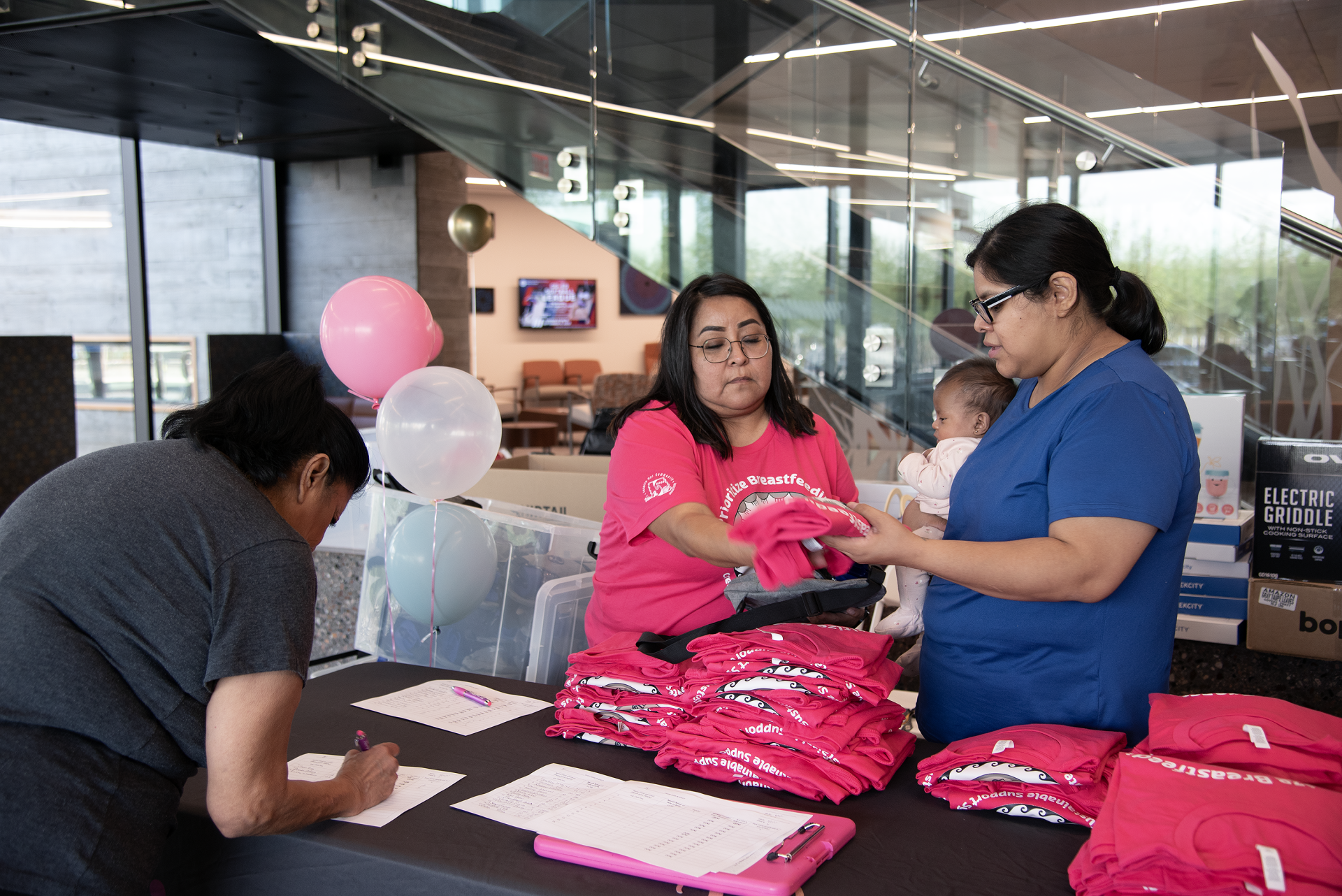


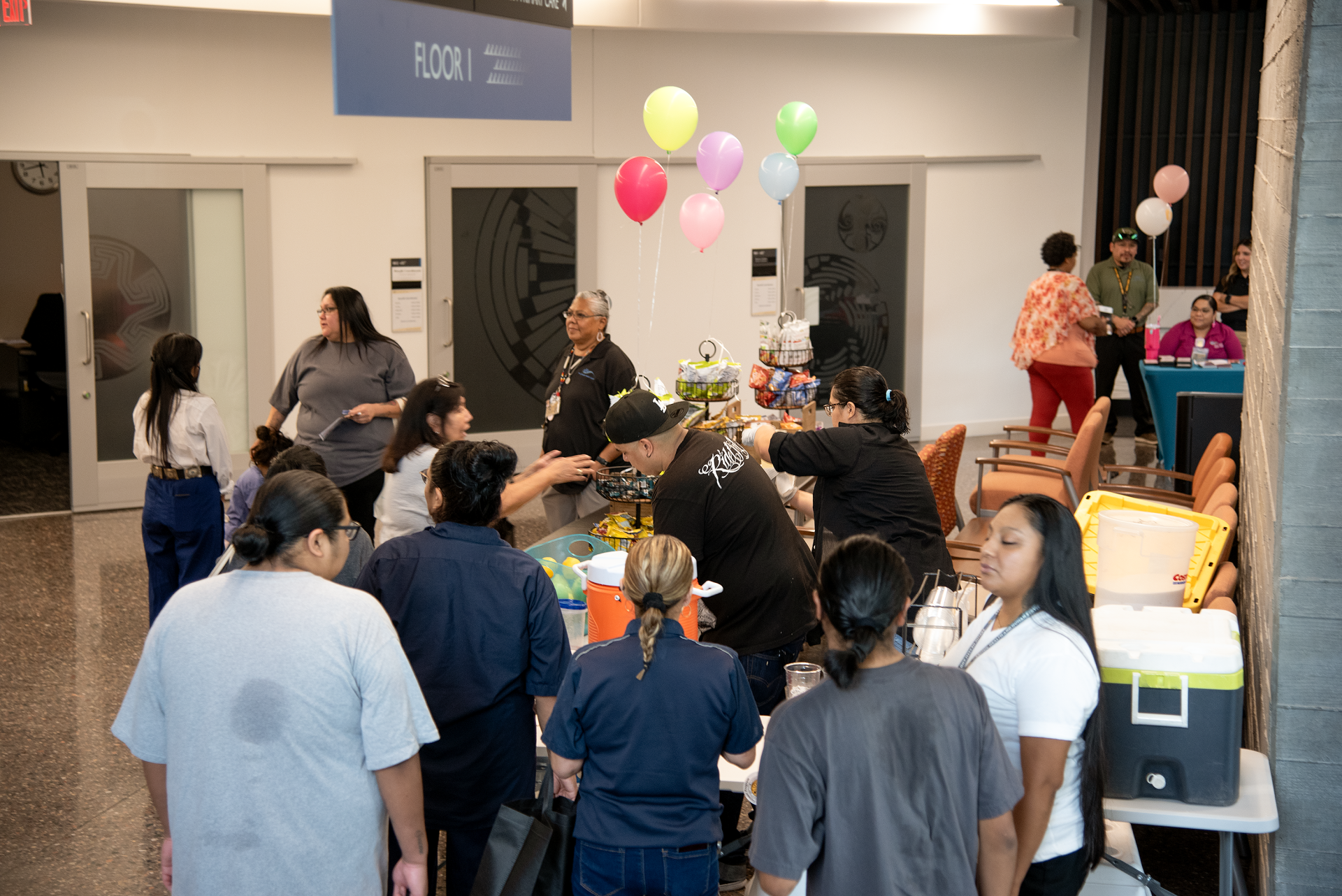


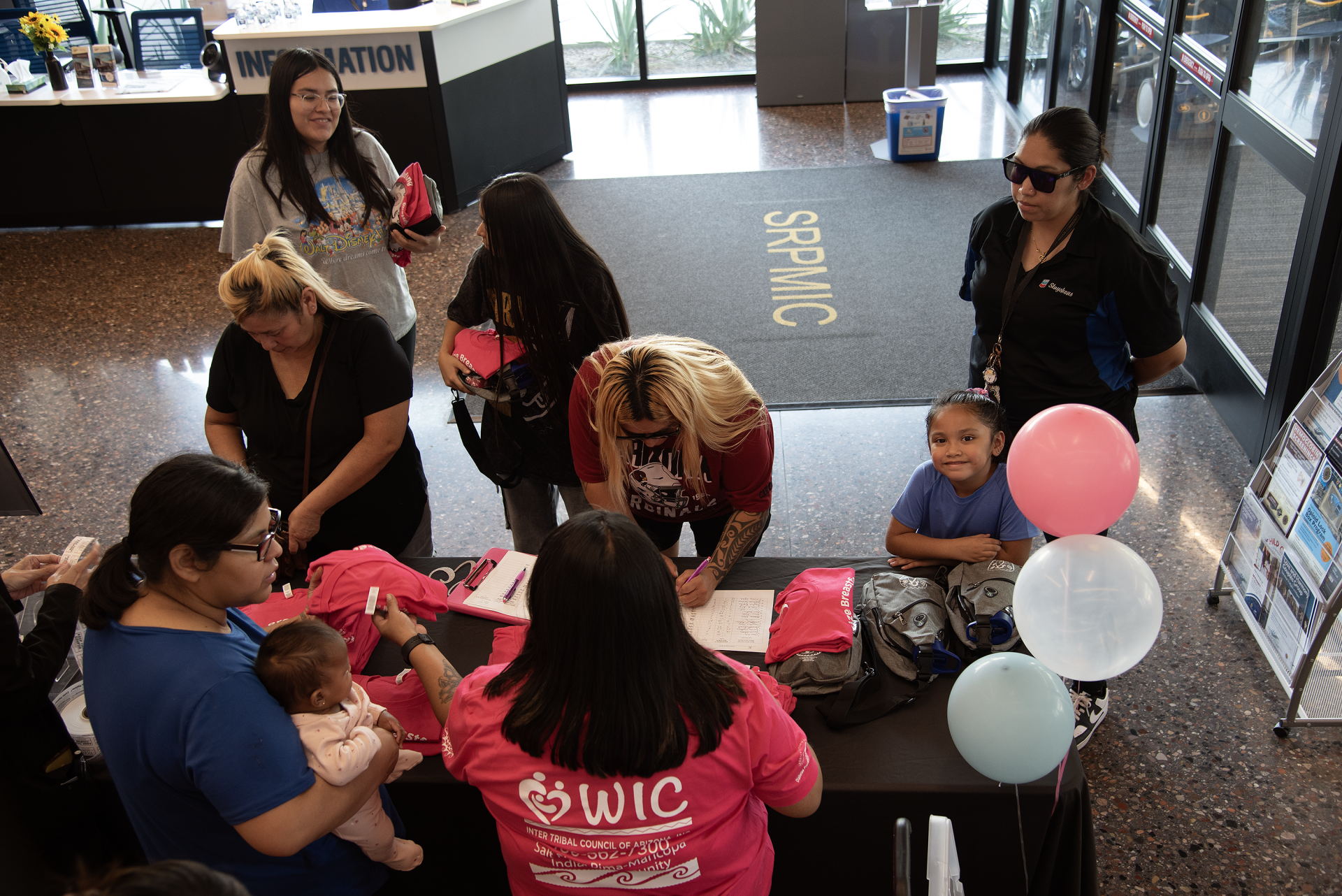

Important Tips for Breastfeeding Mothers
1. Learn Before Baby Arrives
Attend a class or workshop: Many hospitals, WIC programs and lactation consultants offer prenatal breastfeeding classes.
Read trusted resources: Websites like La Leche League, WIC and the World Health Organization (WHO) provide evidence-based info.
Understand positions: Learn about cradle, football, side-lying and laid-back breastfeeding positions so you can experiment postpartum.
2. Prepare Your Body
Stay hydrated: Breast milk production relies on proper hydration.
Nutrition matters: Eat balanced meals with protein, whole grains, fruits and vegetables.
Chest and nipple care: Gently stretch and moisturize nipples. Consider consulting a lactation specialist if you have concerns about flat or inverted nipples.
3. Get the Right Supplies
Breastfeeding pillow: Helps support the baby and reduces strain on your arms and back.
Nursing bras and tops: These are comfortable, supportive and easy for frequent feeds.
Breast pump: This is optional but can be helpful for moms returning to work or sharing feeds.
4. Set Up a Comfortable Feeding Space
Quiet and cozy area: Have pillows, water, snacks and a phone or book nearby.
Minimize distractions: This helps both you and baby focus on feeding.
5. Plan Support
Partner or family support: Ask them to help with diaper changes, burping or bringing the baby to you.
Lactation support: Identify an IBCLC (International Board-Certified Lactation Consultant) or local breastfeeding support group.
Communication: Inform your doctor and delivery team about your breastfeeding plans.
6. Manage Expectations
Feeding frequency: Newborns feed 8–12 times in 24 hours; frequent feeding is normal.
Growth and output: Track diapers and weight gain rather than obsessing over the exact number of ounces.
Be patient: Milk supply usually comes in around three to five days postpartum. The initial liquid, called colostrum, is small but nutrient-rich.
7. Mental Preparation
Stay flexible: Every baby is different; what works for one may not work for another.
Self-compassion: Don’t blame yourself if challenges arise—help is available.
Set realistic goals: Even partial breastfeeding offers benefits; “all or nothing” isn’t required.
Source: Community Health and Nutrition Supervisor Maggie Fisher






